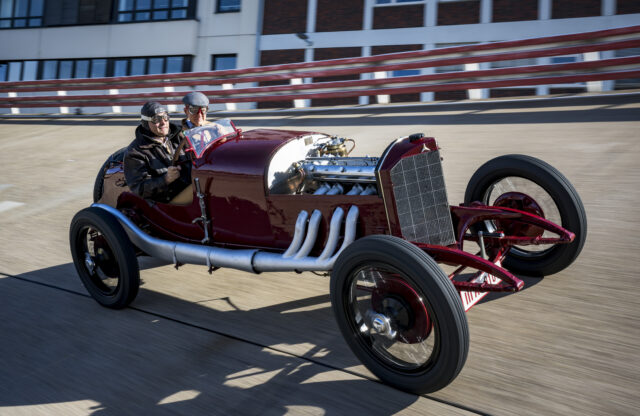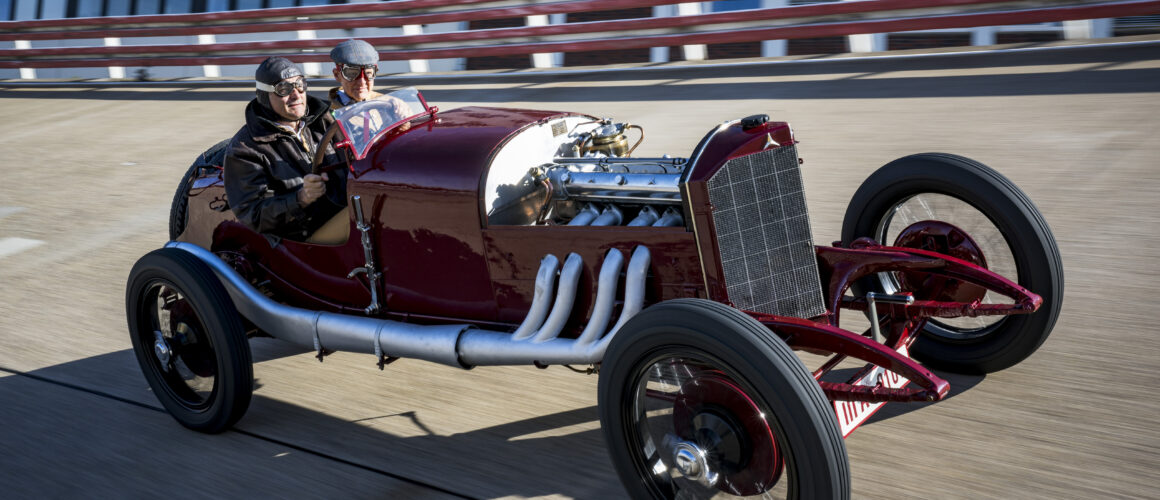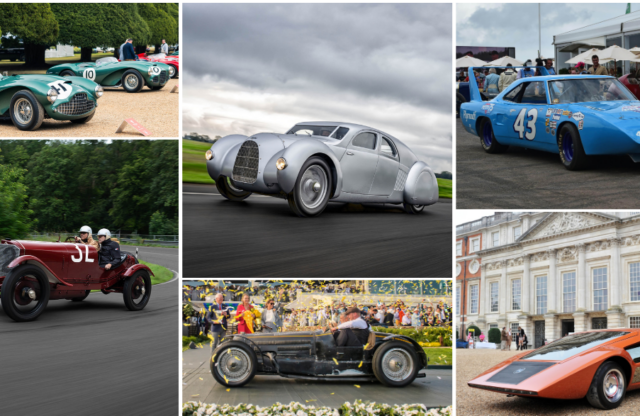It’s 100 years to the day since Mercedes scored overall victory and a triple class victory in the 1924 Targa Florio. In celebration of that win in Sicily on 27 April 1924, one of the 2-litre racing cars from the event has returned to the track, following a lengthy and painstaking restoration carried out by Mercedes-Benz Classic.
‘Mercedes made motorsport history with this racing car in 1924. A century later, the vehicle can now be seen in action again in its original condition,’ said Marcus Breitschwerdt, Head of Mercedes-Benz Heritage.
Mercedes entered three cars in the 1924 race after finishing second in 1921 and seeing a privateer win in one of its cars a year later. The new cars were developed by Ferdinand Porsche, based on designs by Paul Daimler. Unusually they were painted red, the preserve of Italian racing cars rather than the usual German racing colour of white. As Breitschwerdt said, ‘it certainly didn’t do them any harm’.
Mercedes works driver Christian Werner won the race in the number 10 car, the first victory in the Targa Florio for a driver from outside Italy, and led the team in a triple class victory for racing cars with a displacement of up to 2.0 litres. His team-mate Christian Lautenschlager (number 32) finished 11th overall, with Alfred Neubauer (number 23) in 16th place. This is car number 32.
‘We had thought it was the winning car until we removed it from our collection and dismantled it for restoration,’ said Breitschwerdt. That was in 2022; the Werner car no longer survives.
Highlights of the restoration include the in-house repair of its supercharged engine, which involved reworking the original camshafts. The body had been converted by a private customer in the 1920s and has been brought back to its original condition thanks to historical blueprints unearthed from the Mercedes-Benz archive and a process of preserving as much as possible of the original metalwork. As for that red paint, tiny remnants of the original coating were analysed for colour and type before the car was repainted by hand using a brush and reconstructed linseed oil paint.
Octane’s Glen Waddington was a passenger with racing driver Karl Wendlinger as the 2-litre completed its first drive following the restoration – on the test track at the Mercedes-Benz plant in Untertürkheim where it was built in the racing workshop 100 years ago.
A full feature will appear in a future issue of Octane magazine. Meanwhile, a documentary film is released today and can be found here.




